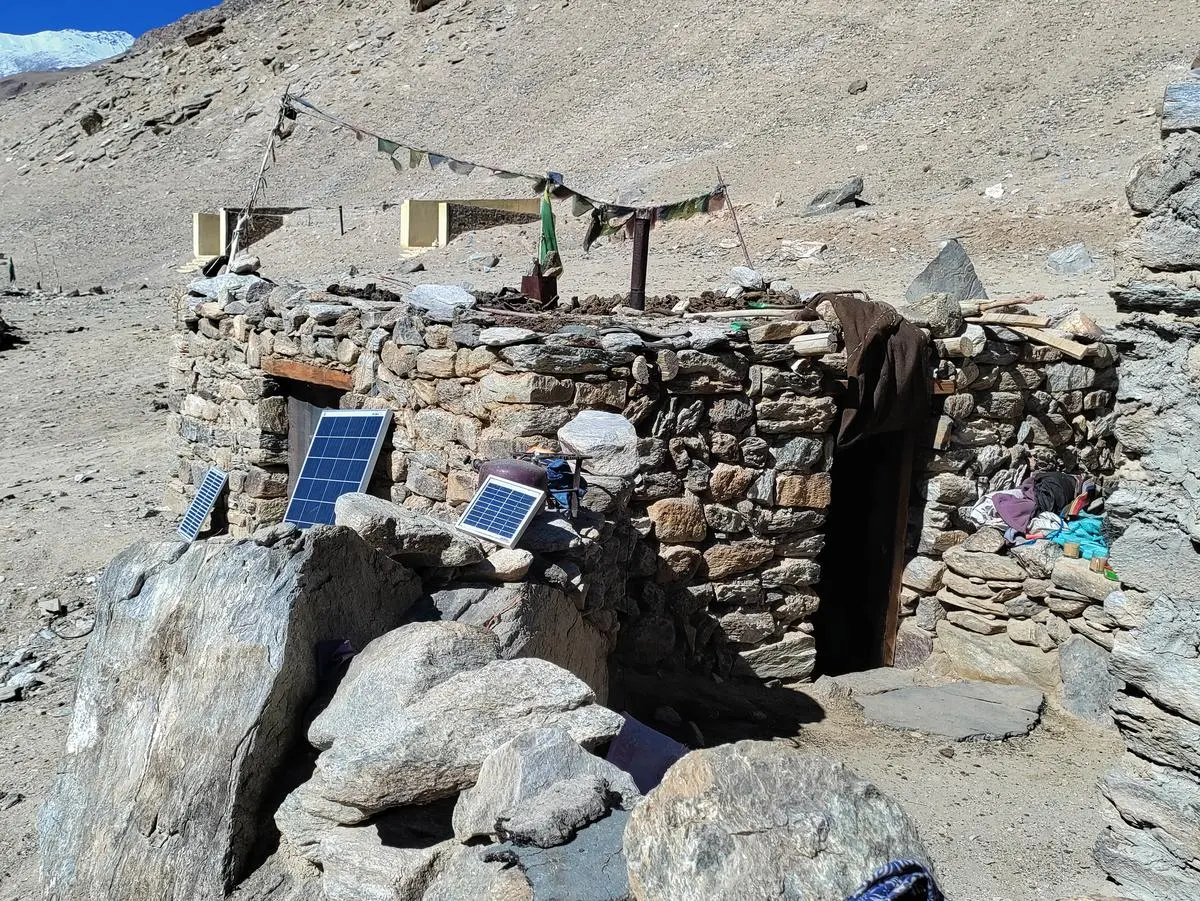For the second time in just three months, a Chinese spy ship is a subject of consternation in New Delhi. Yuan Wang-6, a tracking ship, has entered the Indian Ocean region. It follows closely on the heels of a highly controversial visit of Yuan Wang-5, a spy ship, to Hambantota port in Sri Lanka.
What is the background?
In August, a Chinese spy ship, Yuan Wang-5, docked at Hambantota Port in Sri Lanka. The ship, Sri Lankan authorities said, was only docking to refuel. However, the ship arrived after weeks of drama wherein New Delhi pushed Sri Lanka to reject Beijing’s request to allow the ship to dock at Hambantota, which is operated by a Chinese state-owned enterprise. Given that Yuan Wang-5 was a non-military research vessel, Colombo argued, the ship should be allowed to dock and refuel. The ship’s visit caused concern in India about Beijing’s increasing military and research footprint in the Indian Ocean. It also raised questions about Sri Lanka’s strategic tilt towards China.
What are these ships doing in the Indian Ocean?
According to Beijing, both Yuan Wang-5 and Yuan Wang-6 are scientific research vessels. As such, Beijing has stressed that Yuan Wang-5’s docking at Hambantota forms a part of “normal exchanges between two nations” and do not pose a security threat to India or any other power. Yuan Wang-6 does not plan to dock in Sri Lanka.
While such vessels can be used for scientific purposes like mapping ocean floors or prospecting for metals, Yuan Wang-5 also brought satellite-tracking capabilities. Yuan Wang-6 is also reported to have the ability to track missile tests. These ships are reported to form part of the Chinese People’s Liberation Army’s newly created Strategic Support Force (SSF). The SSF was stood up to bolster China’s space, cyber and electronic warfare capabilities. Beijing’s hope was to bolster its ability to fight high-intensity, high-technology conflicts.
Should New Delhi be worried?
Naval experts observed that visits by such ships are common practice for a number of states. While the visits themselves are not threatening, they are concerning because of India’s relationship with Sri Lanka. Colombo flip-flopped on allowing Yuan Wang-5 access to Hambantota before acceding to Beijing’s request in the teeth of opposition from India. In 2017, the government of Maithripala Sirisena rejected Beijing’s request to have a submarine call on Sri Lanka’s ports when Prime Minister Narendra Modi was visiting the country.
The ship’s visit came after India offered billions in aid and financial packages to Sri Lanka, which suffered an economic meltdown.
Sri Lanka’s envoy to India stated that the decision to allow Yuan Wang-5 to dock had been made while Sri Lanka was reeling from the chaos of the fall of the Rajapaksa government. He added India and Sri Lanka needed “to have a framework of cooperation” to handle such issues.
What does this say about Chinese ambitions in the Indian Ocean?
First, it shows that Beijing is sparing no effort to establish a firmer foothold in the Indian Ocean. Strategic analysts point out that these spy ships allow China to acquire a better understanding of the ocean floor and the complexities of operating militarily in the region. This information will likely be used to strengthen China’s combat capabilities and may eventually be used against India. However, the use of Hambantota port in Sri Lanka also seems to confirm fears about Beijing’s strategy of acquiring “dual-use” ports. This means ports that serve routine economic functions but are also capable of hosting Chinese military assets and serving as a means of power projection in the region. While Hambantota is a regular port, it is operated by a Chinese state-owned enterprise, which has sparked fears that its use for Chinese military use may expand.
Download The Mint News App to get Daily Market Updates.
More
Less















